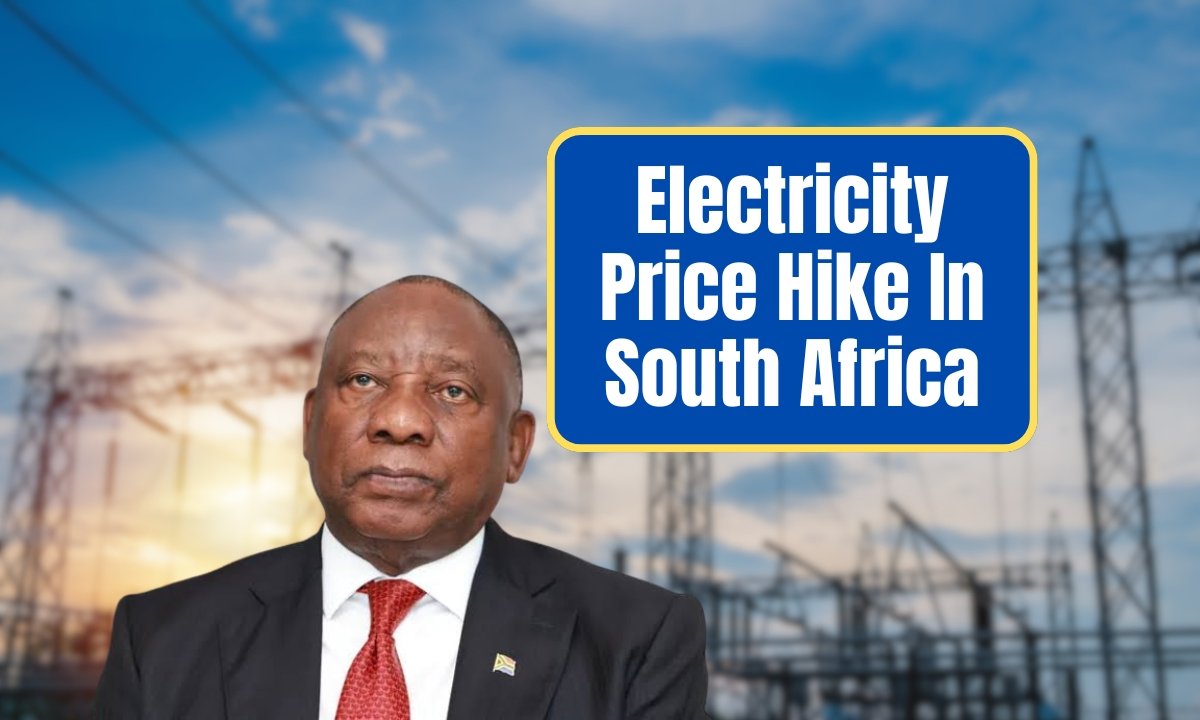Giving a significant push to electricity tariffs for 2025, Nersa had earlier approved a tariff increase of 12.74% to be implemented for direct customers of Eskom with effect from the 1st of April, 2025 and an increase of 11.32% for municipal customers with effect from 1st July, 2025. The hikes were ratified after Eskom’s application for an increase of 36.15%, an application which was vehemently opposed on grounds that it will bring further economic hardships. With inflation at 4.4% and unemployment at 32.9%, such tariffs are gearing towards unaffordability for millions; hence, this article looks at the changes, their effects, and mitigation measures.
Approved Tariff Hikes
Nersa has come through with a decision and approved a 12.74% hike in tariffs for Eskom direct customers and 11.32% for municipality rates, much lower than the sought 36.15% in 2025, 11.8% in 2026, and 9.1% in 2027. For any average household consuming 800 kWh monthly, if R2,948 is to be paid in 2024, the bill will go up to approximately R3,324 in 2025, which means a R376 increase per month. Municipal consumers, such as those from Nelspruit (13%) and eThekwini (12.72%), may pay more depending on the cost-of-supply studies at their disposal, going up to R245-R333 monthly, respectively.
The Reasons for the Increase
Eskom justifies this increase in order to have cost-reflective tariffs with a focus on covering increasing primary energy costs, especially for coal (11.2% of the increase), and to address municipal debt to the tune of R100 billion from non-payment. Years of neglect and under-investment, coupled with mismanagement, plus the heavy reliance on coal (78% from coal), have put a strain on Eskom’s finances, warranting another R78 billion stimulus from government in the year 2024. Eskom, on its side, says it needs to stabilize its operations and service infrastructure maintenance, whereas critics say the consumers are bearing these costs unfairly.
Economic and Social Impact
Price hikes only worsen South Africa’s economic plight, slow growth (0.6% in 2023), and high inequality being some of the many factors. Competitiveness comes down for business circles, especially mining and agriculture, while households are struggling to make ends meet. These increases have surpassed inflation, pushing low- and middle-income families into precarious financial situations, thus leaving some tempted to bargain with their own safety by resorting to paraffin. There have been warnings from analysts of social unrest unless affordability issues are addressed, with a majority of those affected turning to solar power and independent producers.
Mitigation Efforts and Alternatives
Kgosientsho Ramokgopa, Minister of Energy, has already acknowledged that the hikes are not sustainable and indicated that the government may look at intervening through subsidies for indigent households. There is a review of tariff methodologies by Nersa in aim of protecting vulnerable consumers while municipalities will be forced to carry out cost-of-supply studies to ensure no unjustified hikes. The rise in IPPs providing 6GW of non-Eskom supply and rooftop solar incentives have been helping to relieve Eskom from pressures of load shedding and price increases.
What You Can Do
Households should keep an eye on usage through their smart meters, invest in energy-efficient appliances, and consider solar. Beneficiaries ought to update their payment details with SASSA by 31 July 2025 so that grants may be paid to offset these costs. Keep tabs on tariff updates on the website eskom.co.za and take part in public consultations held by Nersa to enhance advocacy for fair pricing.
Also Read:R560 Child Grant Payment On August 5 Confirmed By SASSA: Check Your SMS
